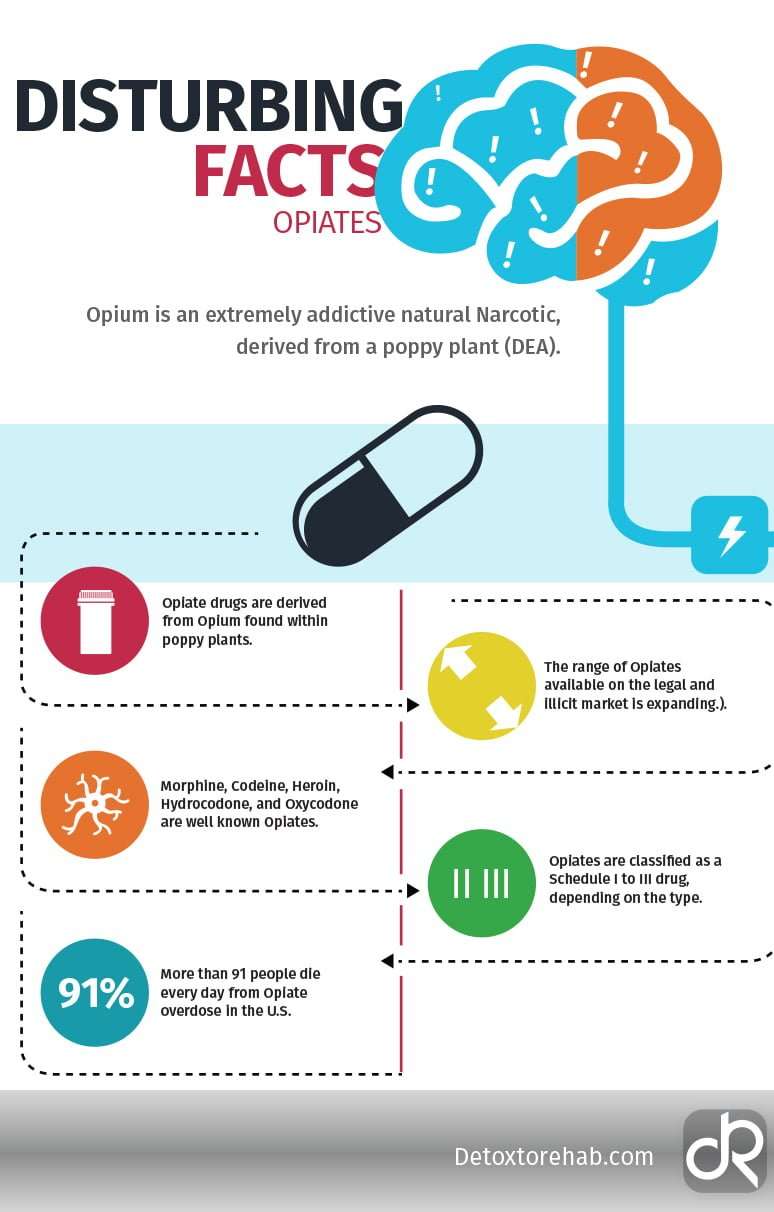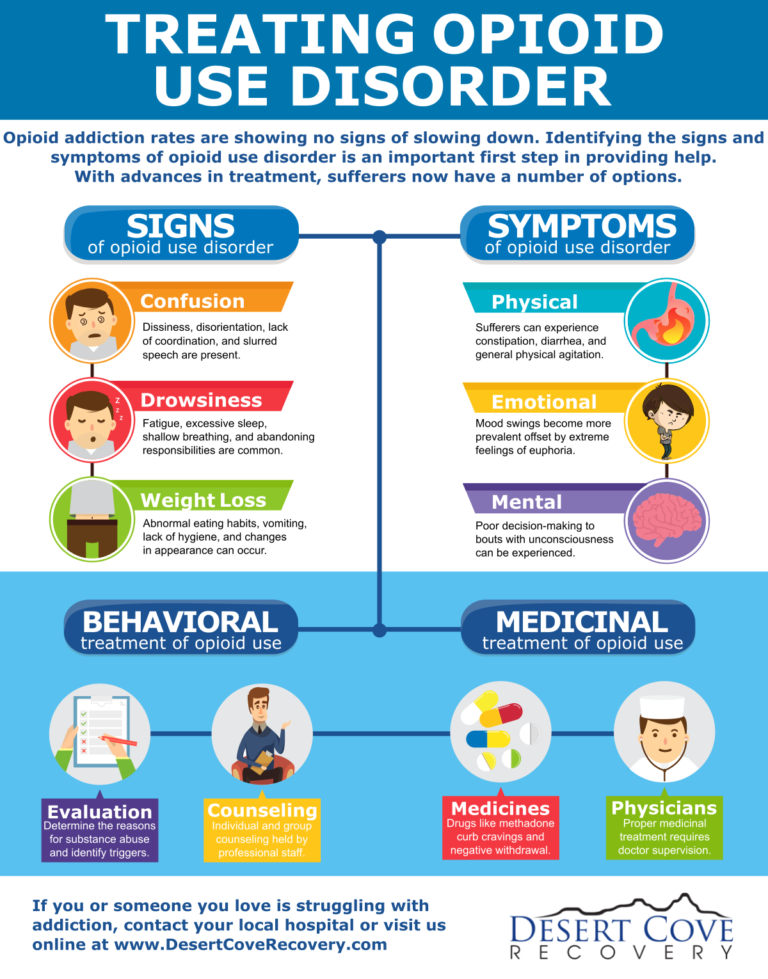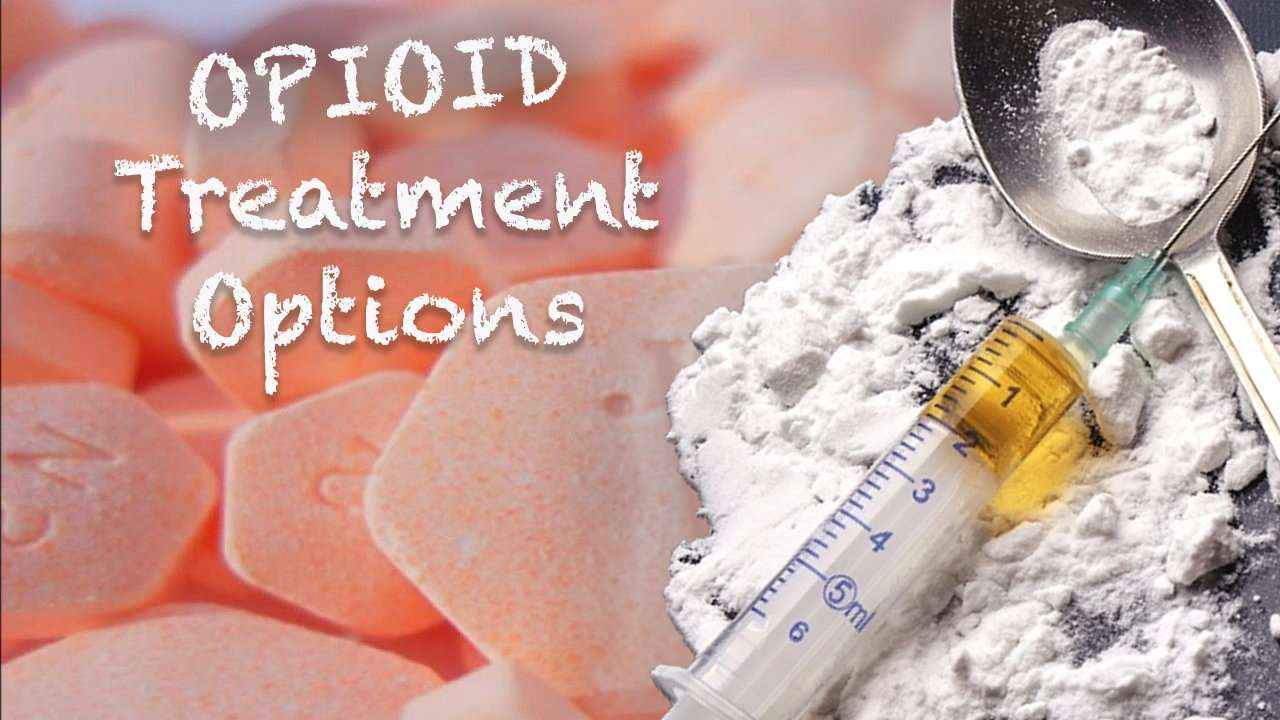Opiate Withdrawal Medications And Remedies Over
There are many tips and tricks for opiate withdrawal found online that, if followed, could increase the risk of complications or promote the development of additional dependencies if not prescribed as part of a professional medical detox protocol. The use of over-the-counter medications is often recommended however, medications should only be used as part of a controlled, reputable treatment program when advised by a doctor.
Some of the symptoms of opiate withdrawal are common and can be helped through medications that can be obtained over the counter.
For example, diarrhea that sometimes occurs with opiate withdrawal can be eased using a non-prescription diarrhea medication, such as loperamide . Other nonprescription medications and supplements for opiate withdrawal symptoms that could be taken under the care of a professional treatment program include:
- Non-steroidal anti-inflammatory drugs , such as ibuprofen, naproxen, and aspirin
- Anti-nausea formulations like Pepto Bismol
- Topical analgesics such as Ben Gay or Tiger Balm
- Natural sleep supplements such as melatonin or Valerian root
Because any over-the-counter medication has the potential to interact with other drugs, a doctor can help to make sure that the individual is avoiding anything that might interfere with other medicines that are prescribed to address the addiction.
Medications Are Not Widely Used
Less than 1/2 of privately-funded substance use disorder treatment programs offer MAT and only 1/3 of patients with opioid dependence at these programs actually receive it.8
- The proportion of opioid treatment admissions with treatment plans that included receiving medications fell from 35 percent in 2002 to 28 percent in 2012.9
- Nearly all U.S. states do not have sufficient treatment capacity to provide MAT to all patients with an opioid use disorder.10
What Is Drug Dependence
Drug dependence is when the way your body works changes because you have taken a drug for a long time. These changes cause you to have withdrawal symptoms when you stop using the drug. Withdrawal symptoms can be mild or severe, and may include:
- Sweating
- Insomnia
- Fatigue
If you have been taking a prescription opioid for a long time, work with your doctor. They can help you avoid withdrawal symptoms by gradually lowering your dose over time until you no longer need the medicine.
Also Check: What Is The Hardest Addiction To Quit
Opiate Withdrawal Alternative Medication Options:
Honokiol / Magnolia Bark is an essential herbal treatment for opiate addiction. This plant activates the same opiate receptors that are activated by addictive substances, but it is not, itself, an opiate. Nor is it addictive.
5-HTP is a serotonin precursor thats typically derived from a plant known as Griffonia simplicifolia. Opiates increase serotonin levels in the brain, which means that, during withdrawals, serotonin levels can be exceptionally low. A 5HTP supplement that increases levels of serotonin in the brain can literally get rid of opiate cravings for some individuals.
Some doctors have been able to successfully wean opiate addicts off the drug by treating their muscle spasms with 5-HTP. But because 5HTP deals with serotonin, you cant mix it with other drugs like methamphetamines or antidepressants including MAOIs or SSRIs. 5HTP can have analgesic effects during opiate withdrawals. Take 100 mg every 4 hours.
Melatonin is another important alternative opiate withdrawal treatment. Serotonin is converted into melatonin to make it possible for you to sleep. If your serotonin levels are low, your melatonin levels will also be low which means you probably wont be sleeping well. Taking melatonin around 9:00 PM each night and making an effort to not expose yourself to bright lights can help you rest while also maintaining balanced serotonin levels. Take 3-25 mg of melatonin nightly.
Other Important Links:
References:
Physical And Psychological Changes In Heroin Users

Heroin is frequently used in the form of intravenous injection which delivers the substance directly to the bloodstream. The marks leftover at the injection site can scar and leave an impression on the skin for the rest of the users life. Veins can also collapse due to abuse and become a dark blue color thats easily visible through the skin.
Behavioral changes also occur during heroin addiction and abuse. Depression and anxiety are frequent side effects of heroin as well as severe mood swings, irritability and paranoia. Many users also choose to self-isolate and remove themselves from the presence of family and friends to hide their addiction.
Physical changes are the most obvious sign of heroin abuse no matter the delivery method. Those who smoke heroin will have a heavy and persistent cough as well as frequent respiratory infections. Itching and scratching can leave scabs all over the body whether it is smoked or injected. Rapid weight loss and constipation are also extremely common symptoms of heroin abuse.
You May Like: How To Get Relief From Drug Addiction
Pros And Cons Of Using Medication In Heroin Treatment
There are proponents regarding the use of medications in the detox phase and beyond, and there are those who think using a drug to overcome a drug addiction is not the answer. According to Medline Plus, a person trying to come off heroin, and using medications to aid in that endeavor, could become physically dependent on the new medication, and require more and more of that drug to maintain the initial relief granted, thus forming a new addiction.
In addition, side effects can occur with any medication, but generally, the benefit of use outweighs the side effects that will generally subside over time. WebMD lists common side effects of methadone as:
- Constipation
Heroin Research Reportwhat Are The Treatments For Heroin Use Disorder
A variety of effective treatments are available for heroin use disorder, including both behavioral and pharmacological . Both approaches help to restore a degree of normalcy to brain function and behavior, resulting in increased employment rates and lower risk of HIV and other diseases and criminal behavior. Although behavioral and pharmacologic treatments can be extremely useful when utilized alone, research shows that for many people, integrating both types of treatments is the most effective approach.
Don’t Miss: How To Overcome Sugar Addiction
Natural Remedies For Opiate Withdrawal
There is very little scientific or clinical evidence to indicate that natural remedies for opiate withdrawal are effective. There are herbs that some people believe do help, such as ginseng or various blends that could help restore regular brain chemistry.
Acupuncture is also often explored in terms of natural remedies for opiate withdrawal. Certain vitamins and minerals such as B-vitamins and magnesium are often depleted in opioid-dependent people, so people may include these as part of at-home remedies for opioid withdrawal. These options are best used as a supplement to professional medical care. However, its important for people to tell their health care providers about any natural remedies, vitamins or minerals, or supplements that they are taking.
Cannabis During Acute Opioid Withdrawal
The first barrier to overcoming OUD is getting patients through the acute withdrawal period, or detoxification. Although pharmacotherapies such as methadone and buprenorphine are largely successful and widely utilized for this purpose, there are shortcomings to this approach, which are highlighted above.,,,,,,,, In May of 2018, the FDA approved the use of lofexidine, an alpha-2 adrenergic receptor agonist for acute opioid withdrawal. Lofexidine provides substantially more symptom relief than placebo however, the comparative efficacy of lofexidine in combination with long-acting opioid agonists or opioid antagonists is still being characterized.,
Also Check: How To Get Over Fast Food Addiction
Current Opioid Use Disorder Therapies And Their Shortcomings
The most prominent and pervasive problem in opioid use disorder treatment is the prevention of drug relapse, which is extremely common during acute withdrawal , as well as during protracted recovery after physical withdrawal symptoms have subsided. Abstinence-based protocols are particularly ineffective, as 85% of individuals relapse within 12 months of the initiation of treatment. In-patient residential treatment facilities do not appear to improve abstinence-based therapy, as relapse rates in this paradigm are as high as 80%, when measured 2 years after treatment initiation. Compared to abstinence, opioid replacement and medication-assisted therapies, which began in the 1960s, are more efficacious for relapse prevention however, there are currently only four FDA-approved medications for the treatment of OUD. Off-label prescription medications such as benzodiazepines and antiemetics are also common, but these therapies are largely directed at symptom management during acute detoxification rather than relapse prevention. In this review, we focus on the most widely used OUD therapies, their shortcomings, and the bottlenecks to accessing them.
Mechanistic Interactions Between Cannabis And Opioids
The endocannabinoid and opioidergic systems are known to interact in many different ways, from the distribution of their receptors to cross-sensitization of their behavioral pharmacology. Cannabinoid-1 receptors and mu opioid receptors are distributed in many of the same areas in the brain, including but not limited to the periaqueductal gray,, locus coeruleus,, ventral tegmental area , nucleus accumbens, prefrontal cortex , central amygdala , bed nucleus of stria terminalis , caudate putamen , substantia nigra, dorsal hippocampus, raphe nuclei, and medial basal hypothalamus. The extent of this overlapping expression and frequent colocalization of the CB1 and MOR provide clear morphological underpinnings for interactions between the opioid and cannabinoid systems in reward and withdrawal.,
Read Also: How Long Does It Take To Get Addicted To Kratom
Opiate Effects And Abuse
Opiates produce euphoric and tranquil effects when taken in amounts that are larger than prescribed. The pleasant, care-free feelings a person experiences when taking these drugs are often what leads to destructive patterns of abuse.
Opiate addiction is often characterized by compulsive drug-seeking behavior. For example, in an attempt to obtain more of the drug, a person may visit multiple doctors in order to get new prescriptions, otherwise known as doctor shopping.
The pathological urges to use these drugs can also drive people to borrow, buy, or steal the drugs from friends and family. As an act of desperation, some individuals may resort to seeking out Heroin, an illegal Opioid that is commonly purchased on the streets. Despite the well-known dangers of Heroin, it is often easier and cheaper to obtain than Opioid pills.
In a 2014 survey, 94 percent of respondents said they chose to use Heroin over prescription Painkillers because it was cheaper and easier to get.
How Heroin Impacts The Mind And Body

Heroin acts a depressant meaning it reduces the speed at which the central nervous system operates. This leads to slower movement, delayed reactions, trouble staying awake and even shallow breathing. These side effects accompany the general euphoria that many turn to heroin for in the first place.
Given how heroin interacts with the body and how addictive it is, many users find themselves abusing heroin on a daily basis and often for years at a time. As the amount of heroin and frequency of use increases, so does the bodys tolerance which means larger amounts of the drug are needed to achieve the same effects.
You May Like: How To Know If Someone Is Addicted To Drugs
Coronavirus In Arizona: A Guide To Living In A Pandemic
- 1
Call to Schedule Your Appointment Today!
© 2021 Vitality Internal Medicine. All Rights Reserved.Privacy Policy
The contents of the Vitality Internal Medicine Website, such as text, graphics, videos, and other material contained on the Website are provided to you for general information only. The Content is not intended to be a substitute for professional medical advice, diagnosis, or treatment. Always seek the advice of your physician or other qualified health providers with any questions you may have regarding a medical condition. Do not disregard, avoid or delay getting professional medical advice from a qualified healthcare professional because of something you have seen on this Website. Further, the sharing of this information for educational purposes does not constitute an endorsement of the product, method or author.
Reasons To Consider A Drug Abuse Treatment Program
Time spent in a drug abuse treatment program is, in part, designed to help you learn the life skills that can act as a guideline for safe, healthy, and positive sober living. In treatment at , clients learn how to avoid situations that could trigger poor decisions because of temptation, avoiding high risk triggers, and learning mental health techniques for managing what to do in real world moments when you find yourself triggered.
The path to lasting sobriety takes time and commitment. Those who are recovering from the trauma experienced during addiction often benefit from therapy. At , we offer a range of therapy services including:
- Cognitive-behavioral therapy
You May Like: How To Deal With Alcohol Addiction
Types Of Opioid Treatment
Many people with addictive disorders go to hospital emergency rooms because theyre in crisis. Most hospitals provide an evaluation and assess the patients primary need and then connect him or her to the right treatment that best addresses their unique needs. Many general hospitals dont admit patients solely for withdrawal or substance abuse treatment, unless there is some other factor such as a significant other medical problem present.
Substance use disorders can be best treated on an outpatient therapy basis, or in an inpatient program dedicated to the treatment of people with addiction. Many of these programs use medications to help patients transition from physical dependence on opioids.
Oklahoma Supreme Courts Decision
The Supreme Courts reversal, as stated in the opinion written by Justice R. Winchester, determined that the 2019 ruling took the public nuisance law too far by extending it to manufacturing, marketing, and prescription Opioid sales. Winchester went on to say that Johnson & Johnson, and companies in general, cannot be liable for how their products are used by patients after they have been sold. They found this to be especially true as there are multiple levels of distribution. Manufacturers sell to distributors and wholesalers who then supply to pharmacies, hospitals, and doctors. It is at this point that Johnson & Johnsons products are prescribed to patients.
The lawful use of Opioids for treating pain, such as cancer related pain, was also cited as being a reason the public nuisance verdict was overturned. Additionally, Johnson & Johnson stopped marketing Opioids in 2015 and completely stopped selling them after a 2021 New York lawsuit. This case resulted in a $230 million settlement and the agreement to end nationwide sale of Opioids. Despite this settlement, the company does not admit liability or wrongdoing.
We recognize the Opioid crisis is a tremendously complex public health issue, and we have deep sympathy for everyone affected. The companys actions relating to the marketing and promotion of these important pain medications were appropriate and responsible, Johnson & Johnson said in response to the ruling and on their involvement with Opioid epidemic.
Read Also: How To Get Out Of Alcohol Addiction
Other Methods Of Symptom Relief
The following methods are perhaps not as intuitive as the ones listed above. However, they have value based on the action of opiates in the brain and the bodys natural responses to the treatment methods.
What Are The Signs Of An Addiction
People addicted to drugs may change their behavior. Possible signs include:
- Mixing with different groups of people or changing friends
- Spending time alone and avoiding time with family and friends
- Losing interest in activities
- Getting into trouble with the law
- Attending work or school on an erratic schedule
- Experiencing financial hardship
Don’t Miss: What Is The Cycle Of Addiction
When To Call A Doctor
Opiate withdrawal can be a frustrating process with symptoms that, while typically not life threatening, are difficult to manage. Your doctor can help you to manage the symptoms you may experience with personalized recommendations and prescription medications to ease the process. They can also run tests like blood work to evaluate any damage to your system caused by the opiates.
Medications that can be used to treat opiate withdrawal include:
- methadone, which helps to relieve withdrawal symptoms and makes the detoxification period easier
- buprenorphine, which can shorten the time of the detox period and lessen withdrawal symptoms
- clonidine, which can treat symptoms like anxiety, agitation, and muscle aches
If you are worried about your symptoms, or know that you wont be able to make it through withdrawal alone, consult your doctor or find a rehab facility for help.
If you experience nausea or vomiting, you may become dehydrated. Its important to seek medical treatment. Dehydration can be a serious problem leading to abnormal heartbeats, which in rare cases can lead to circulatory and heart problems.
Symptoms of dehydration include:
Johnson & Johnsons Involvement In The Opioid Crisis

The Opioid crisis, also known as the Opioid epidemic, began in 1995 when the US Food and Drug Administration approved a pain medication developed by Purdue Pharma. This substance, called OxyContin, was marketed as being effective in controlling pain while having a low potential for abuse due to its controlled release formula. Pharmaceutical companies began pushing sales of OxyContin to distributors which led to an increase in Opioid prescriptions in the US. Rapidly, the substance started to be misused by people all over the country. By 2003, 2.8 million people were using OxyContin for non-medical use.
In the 2019 Oklahoma Johnson & Johnson case, the state provided evidence of the companys contributions to the Opioid epidemic. This evidence argued that the drug manufacturer targeted high prescribing doctors, women, and veterans and misrepresented OxyContin as being safe to use for every day pain. Additionally, it was presented that J& J created a mutant strain of poppy which allowed them to manufacture Opioids, as well as supply about 60% of the active ingredients for Opioids made in the US. Because Johnson & Johnson was supplying ingredients to other companies, the state claimed that for 15 years the company campaigned the sale of Opioids, even those manufactured by other companies.
Recommended Reading: Is Ativan Addictive In Small Doses
